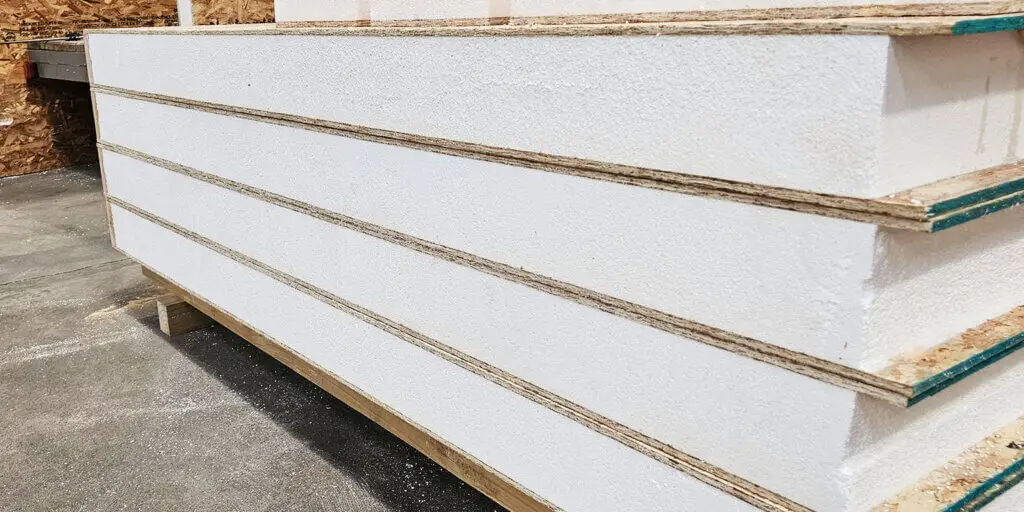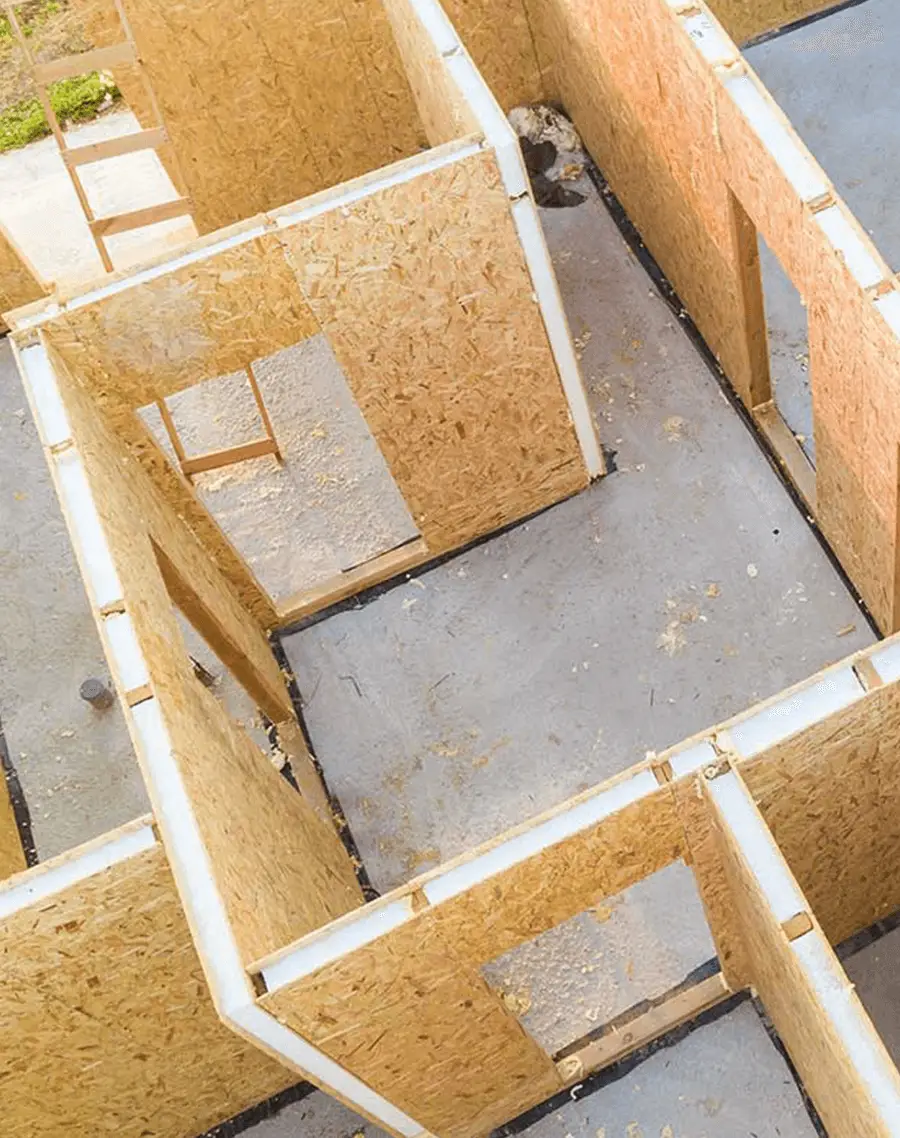When it comes to building homes or structures in New Zealand, the choice between using SIP panels (Structural Insulated Panels) and traditional building methods is becoming increasingly important. While SIPs might have a slightly higher upfront cost, their long-term benefits make them a compelling option. Let’s break down the SIP cost and compare them to traditional construction.
Initial Costs
SIP panel homes in years gone by have cost more than timber framed homes in New Zealand. Back in 2023, when the H1 Energy Efficiency code increased and came into effect for home insulation, the initial cost of building gap between SIP panel homes and timber framed homes narrowed considerably. Today average house building costs range anywhere from $3,500 to $5,000 per square meter and at first glance, SIP panels may seem more expensive. But this not the case anymore. As an example when you compare SIP panel walls against the equivalent timber framed wall, SIPs can be cheaper with the time and labour savings of SIPs factored in. But the real value of SIPs lies in the efficiency and long-term energy savings they provide.

Construction Time and Labor Savings
SIP panels are prefabricated and arrive at the building site ready for assembly. This can reduce overall construction time by up to 50% compared to traditional methods. Faster build times translate into significant labor cost reductions. For example, a typical SIP build may save up to 19 days of labor on a mid-sized home, potentially reducing labor expenses by over $3,400 per unit.
Energy Efficiency: Long-Term Savings
The energy efficiency of SIP panels is one of their standout features. SIPs have a much higher R-value than traditional insulation, leading to a reduction of up to 60% in heating and cooling costs over the lifetime of the building. This makes SIPs particularly valuable in regions with high energy demands, potentially paying for themselves in energy savings within just a few years.
Maintenance and Durability
SIP panels are known for their durability and resistance to moisture, pests, and mold, which means lower maintenance costs over time compared to traditional wooden framing. Buildings constructed with traditional methods often require more frequent repairs and maintenance, such as insulation upgrades or pest control measures, adding to their long-term costs.

Total Cost Comparison
While the SIP cost per square meter might be slightly higher initially, the overall SIP costs can end up lower than traditional builds when factoring in reduced labor, shorter construction times, and long-term energy savings. For example, after accounting for labor and energy savings, homeowners could save over $1,900 per unit.
Conclusion
Although SIP panels may seem more expensive at the outset, they offer significant long-term savings in labor, energy, and maintenance costs. For New Zealand builders and homeowners looking for efficient, durable, and eco-friendly construction solutions, SIP panels present a forward-thinking, cost-effective alternative to traditional building methods.If you want to explore the full potential of SIP construction for your next project, reach out to SIPSolutions and see how we can help you achieve a faster, more energy-efficient build.


